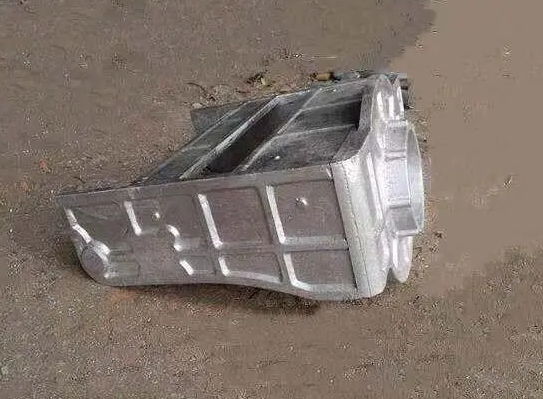
Despite the continuous advancement of industrial technologies, sand casting, as an ancient and essential metal molding process, still holds a significant position in modern manufacturing. However, traditional sand casting processes face challenges such as inconsistent product quality and low production efficiency, limiting their application scope and development potential. Therefore, optimizing sand casting processes and improving both product quality and production efficiency have become urgent issues that need to be addressed.
I. Current Status and Challenges of Sand Casting Processes
Sand casting, a traditional metal molding process, offers advantages like low costs and strong adaptability. However, it also presents inherent challenges. Firstly, this process requires a high level of technical proficiency from workers, and any errors during operation can lead to fluctuations in product quality. Secondly, the manufacturing cycle for sand molds is relatively long, and it's difficult to ensure their precision and stability, directly affecting the dimensional accuracy and surface quality of castings. Furthermore, pollutants such as exhaust gas and wastewater generated during the sand casting process also pose environmental pressures.
II. Key Measures for Optimizing Sand Casting Processes
To address the above issues, we can take the following measures to optimize sand casting processes:
-
Introducing advanced numerical control technologies: By utilizing equipment like CNC sand molding machines, we can significantly improve the precision and efficiency of sand mold manufacturing, reducing errors caused by human operations.
-
Promoting the use of environmentally friendly sand materials: Selecting eco-friendly sand materials helps reduce pollutant emissions during the casting process, benefiting both the environment and reducing production costs.
-
Optimizing the melting process: Improving melting equipment can enhance the purity and uniformity of metals, thus improving the internal quality of castings.
-
Strengthening process control: Establishing a rigorous quality control system to monitor and adjust all stages of the casting process in real-time ensures the stability of product quality.
III. Benefits of Optimizing Sand Casting Processes
Optimizing sand casting processes not only improves product quality but also significantly boosts production efficiency. On one hand, by introducing advanced technologies and equipment, we can significantly reduce waste rates during production, lowering production costs. On the other hand, optimized process flows shorten production cycles, increasing capacity to meet the growing market demand for castings.
IV. Conclusion
Optimizing sand casting processes is a systematic task that requires us to make continuous improvements in technology and management. Only by doing so can we gain a competitive edge in the fierce market and make greater contributions to the development of modern manufacturing.





 Customer service 1
Customer service 1  Customer service 2
Customer service 2